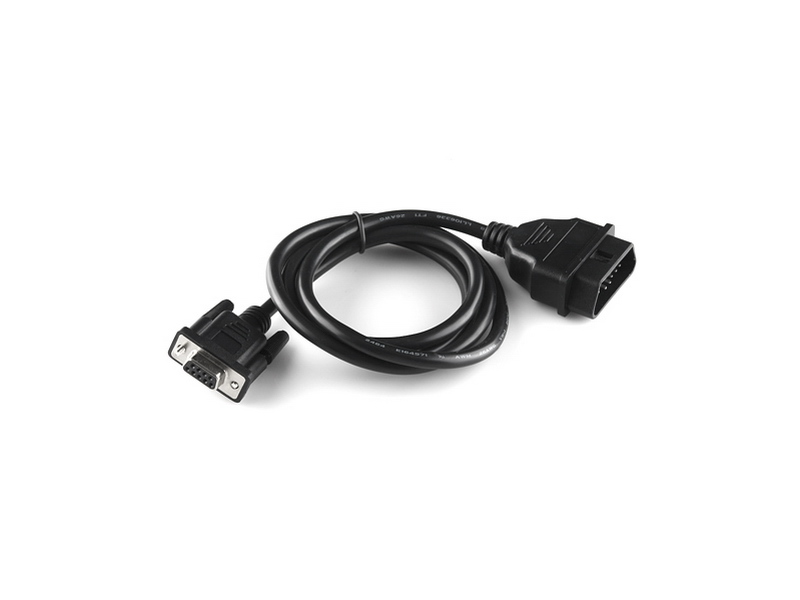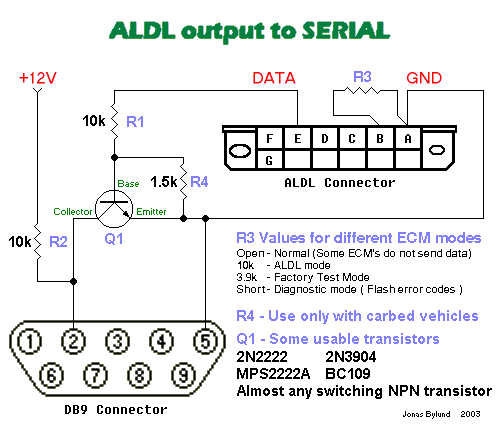
Refer to related pinouts for vendor-specific OBD-2 pinouts. Unlike the OBD-I connector, which was found under the hood of the vehicle, the OBD-II connector is located on the driver's side of the passenger compartment near the center console. The OBD-II specification provides for a standartized hardware interface - the female 16-pin (2x8) J1962 connector. Prior to the advent of digital powertrain control modules, which is the technical enabler for the OBD feature, repairing a vehicle relied solely upon the technicians skill and service literature from the auto manufacturer. A service technician can retrieve the DTC, using a scan tool, and take appropriate action to resolve the malfunction. In addition, the OBD-II interface provides a means to clear the DTC's once maintenance has been completed. If the vehicle's onboard diagnostic system detects a malfunction, a DTC corresponding to the malfunction is stored in the vehicle's computer, as well as realtime data from the sensors connected to the on-board computer. OBD-I begins standardized DTC's OBD-II adds specific tests to determine the vehicles emission performance OBD-III adds more features, and is in the regulatory development phase. Prior to OBD, auto manufacturers did not standardize DTC's (diagnostic trouble code). OBD-2 connector must have pins 4, 5 for ground connections and pin 16 for 12 volt power supply from the vehicle battery. Some connectors have been located behind ashtrays, under the passenger seat and even over by the passengers door. Sometimes it's located in the driver's foot well, under the steering wheel, behind panels in the dashboard fascia and the central area between the driver's seat and the passenger seat.


Usually OBD-2 connector is located on the driver's side of the passenger compartment near the center console. Locating your OBD-II connector can be a difficult task as vehicle manufacturers tend to hide away the socket.

Some pre-2001 petrol vehicles and pre-2004 diesel vehicles have a 16-pin connectors but they may not be OBD-II or EOBD compliant.

Diesel (compression ignition) vehicles were not required to support OBD until 2004. OBD-II is a set of specifications for monitoring and reporting on engine performance in modern automobiles. On Board Diagnostics, OBD-II, is required on all automobiles and light trucks in the United States from 1996 onward.


 0 kommentar(er)
0 kommentar(er)
